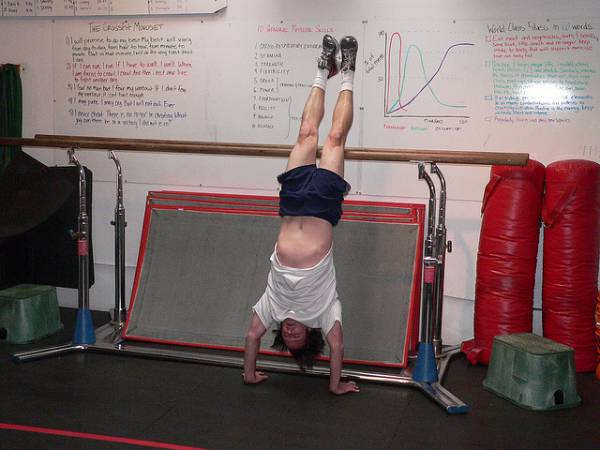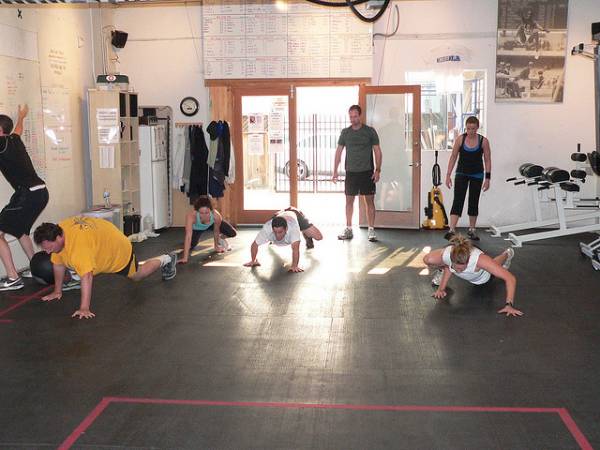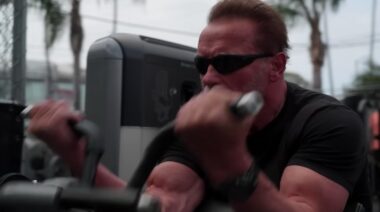In personal training there is nearly zero barrier to entry worldwide. Unlike a career in medicine that requires good grades through all of high school, college, and finally through the long years of medical school and interning, you can become a personal trainer almost overnight. In fact, in Australia, you can wake up tomorrow morning and decide to become a personal trainer, and just like magic, you’d be able to work as one.
The Gaps Created by Certification Programs
As the profession has grown from something retired bodybuilders did when they hung up their posing trunks to an actual job, people have realized that what the old bodybuilders lacked in tertiary education they made up in spades in years of experience. Because ultimately that’s what counts in most jobs – experience trumps pieces of paper every time. So, various group have sprung up offering different kinds of certificates in personal training. Many claim these are a waste of time as they are only weekend courses, but the reality is that any education is better than none.
But one of the side effects of most certifications is that they’re biased towards a particular style of training or a particular tool. While specialist or in-depth knowledge is great and helps to fill in the gaps, the reality is you will need more than any single tool to successfully train the majority of people.
Just like there are gaps in knowledge that need to be filled by going to workshops, certifications, or training camps, there will be gaps in most people’s training that single-method training won’t address. Every single training plan has a hole in it, and every exercise will create an imbalance if left unchecked for long enough.
Your Clients Gaps: Shoulders, Hips, and Core
The three most obvious gaps in people are the shoulders, hips, and core. There are some great ways to target these areas, and here are some of my favorites. These make great warm ups or they can be added in after training to supplement the training effect (e.g. performing shoulder supplemental work after doing sets of heavy overhead work). The key with all of them is to use movements that work specific actions.
Shoulder Series 1
The haloes will work all functions of the shoulder from abduction and adduction to internal and external rotation and even flexion and extension. The handstand holds teach midline stability and closed chain shoulder stability (while also forcing thoracic extension necessary for quality overhead work). The overhead walks build on the handstand holds and work the same aspects, but challenge stability in open chain with a little distraction provided by the walking.

Shoulder Series 2
While the former combination works great for overhead stability, this group is good for those who suffer from poor scapular control (i.e. just about everybody). Think of this group as the postural control combination that will keep you healthy for the rest of your life. The format is the same as the previous combination going from a movement to closed chain then open chain stability.
Core Series 1
While this ends up being a fantastic shoulder stability circuit, it’s also an excellent combination for those who need to learn to link everything together better.

Core Series 2
For those who struggle with a back that seems to always play up, a few weeks of this and your problems will be solved.
Hip Series 1
This is a fantastic series for runners and other single leg athletes (i.e. everyone who plays a sport that isn’t weightlifting). The clam plus side-leg raise hits aspects of the glutes often neglected, and then the other two movements target different aspects of the same muscle group in both open and closed chain with leg straight and bent, allowing the hamstring to work to both prevent flexion and extend the hips.
For bonus points for runners, add single leg calf eccentrics to the end of each set.

Hip Series 2
While the first hip series stresses single-leg work, this series is all about bilateral work and all from a straight leg position. Think of the first series as the Butt Blaster and this as the Hamstring Shredder. You’ll see why the following morning.
How to Add These to Your Training
If you’re training three days per week, pick one of each of these and slot them in on appropriate days. The shoulder work is ideally placed on pushing days, the hip work on leg days, and the core work can be done as many times per week as you feel you need.
Many people need to address their weaknesses, and these supplemental and assistance circuits are a great way to do it. But don’t just pick exercises you like and are good at as that defeats the purpose. Work in all angles, both unilaterally and bilaterally, and both open and closed chain to get the best effects.
Photos 1 & 4 courtesy of Shutterstock.
Photos 2 & 3 courtesy of CrossFit LA.






